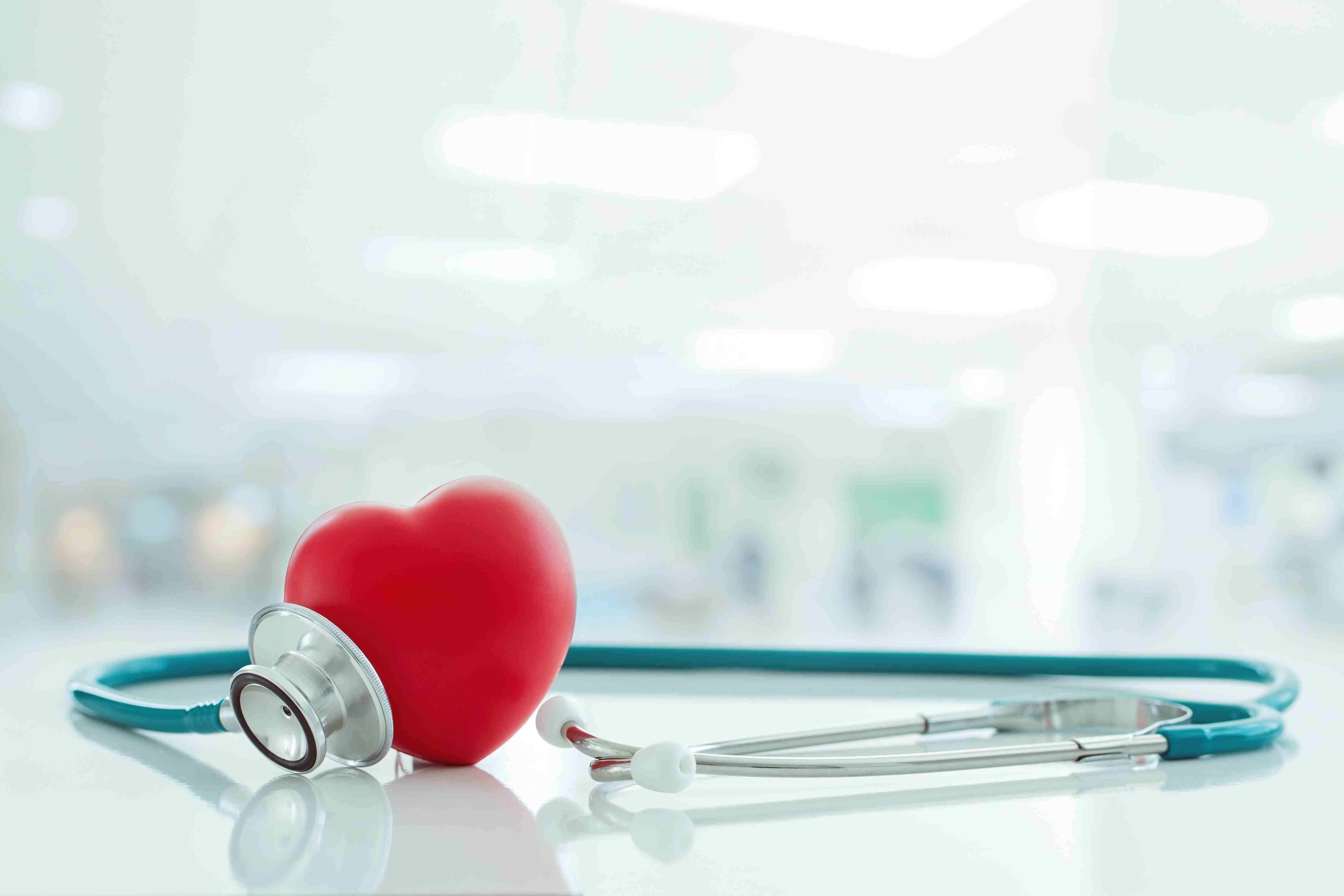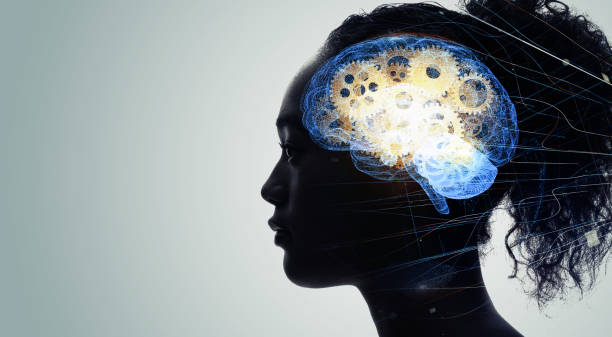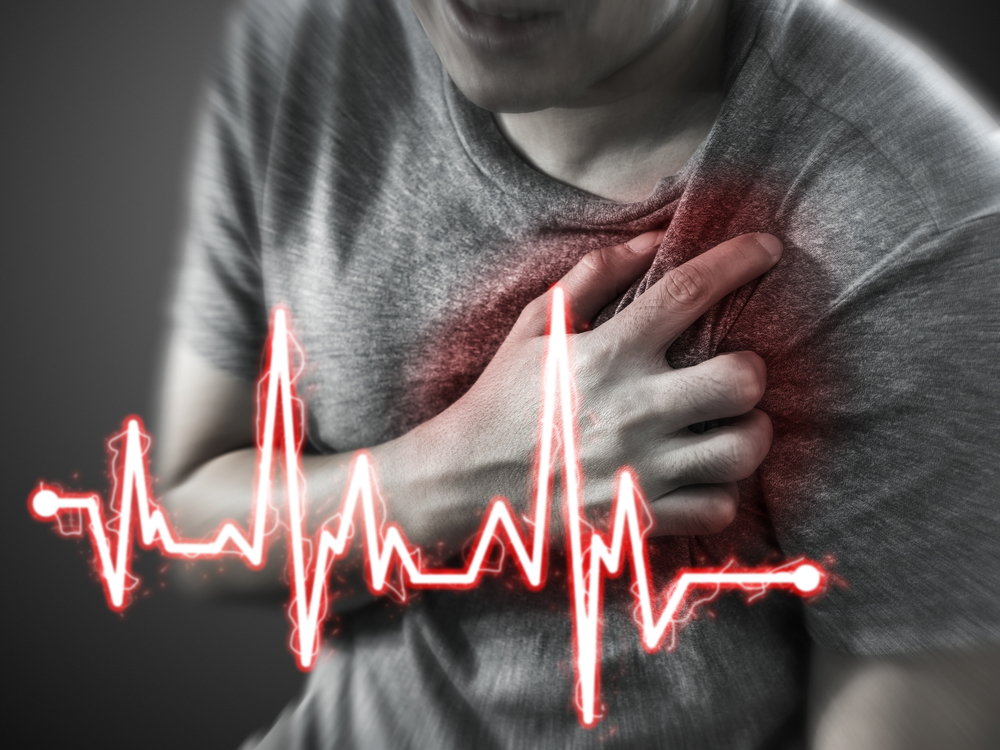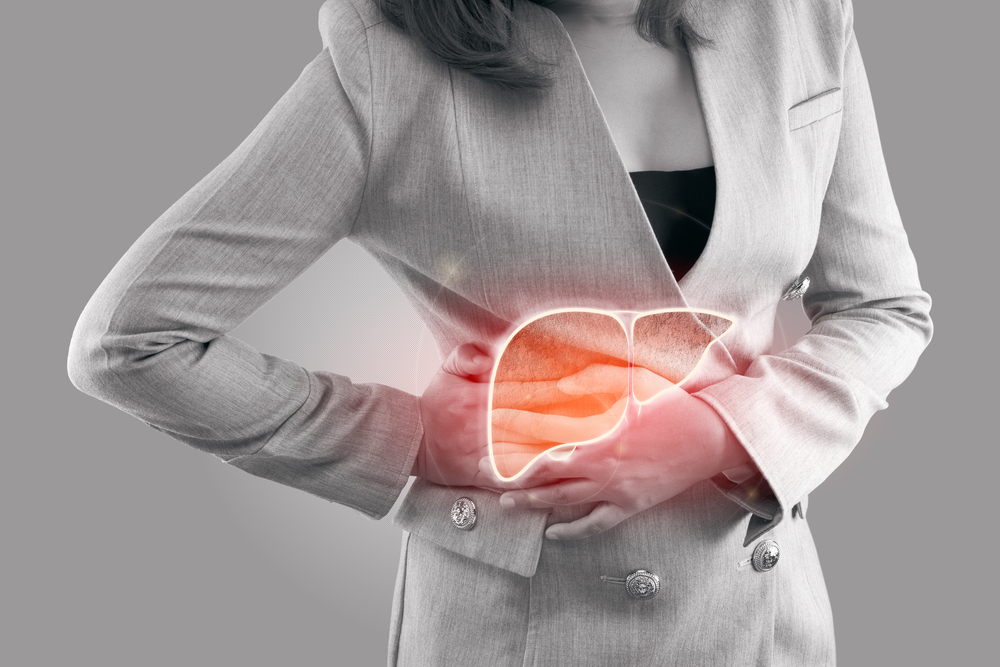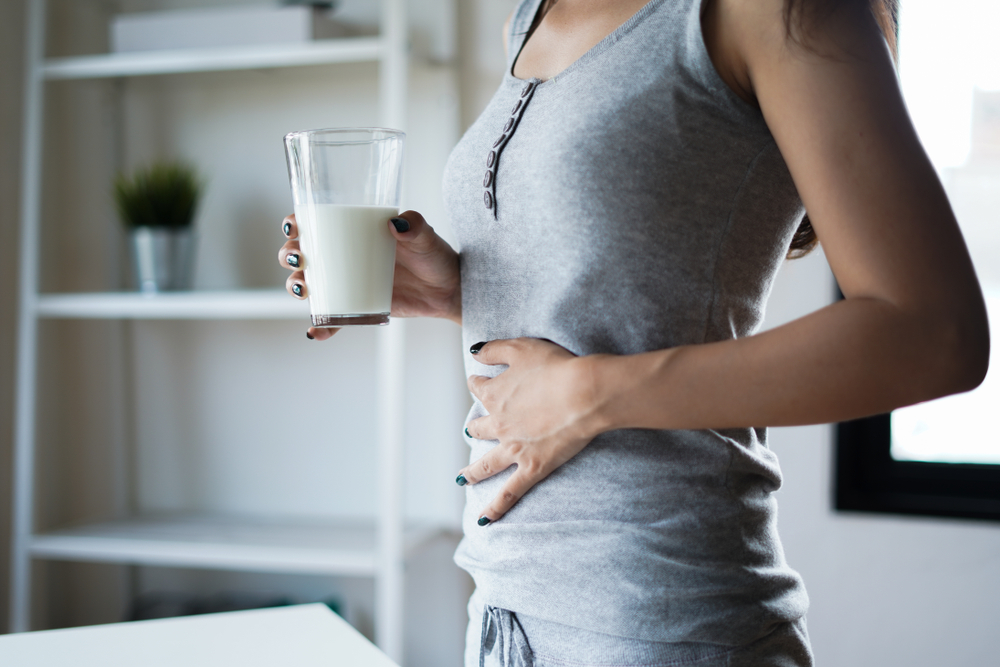
Why Older People Are Prone To Get Serious Injury From Falls And What You Can Do?
What is osteoporosis?
Our bones are made of mineral deposits of calcium. However, they are living tissue because they have cells called osteocytes that detect changes in stress and strain and keep reshaping your bone continuously to match. As you keep using the bone, it strengthens the areas where maximum strain occurs. The calcium to do this either comes from your diet or other parts of your bone structure.
The calcium in your bone is like money in your account. It gets replaced as it reduces. If you can not replace money into the account through earnings at the rate at which the money is going, your account balance runs low. When you are younger, more deposition happens and our bones grow and get stronger. As we get older, the deposition of calcium minerals reduces and fails to catch up to its removal. This makes the bones more brittle and breakable, leading to higher chances of fracture and injury. Various other factors like your age and gender may also play a huge role.
Of course, this also means that if you saved up on your bone mass and calcium before 30 years, the chances of developing osteoporosis and its severity are also reduced.
Who is at risk of developing osteoporosis?
It is estimated that about 50% of people develop an osteoporotic fracture in their lifetimes. In fact, it is more common than heart disease. Men and women in the older age group are at risk of getting osteoporosis and related problems like fractures and spinal cord injury. Women after menopause have a higher risk because low levels of estrogen enhance bone loss.
Low levels of testosterone in men and estrogen in women have the effect of reducing bone mass gradually. This is especially true when medication is used for other conditions like prostate cancer or breast cancer that work by reducing the sex hormones. Thyroid hormone in excess or problems with parathyroid or adrenal glands is also known to increase the speed of bone loss.
Calcium deficiency, and Vitamin D deficiency which in turn reduce calcium absorption and severe diet restrictions accelerate bone loss and increase the chances of developing osteoporosis earlier. Other factors that increase the risk of osteoporosis include hysterectomy (removal of uterus & dravies), steroids and some medications, diseases of the bowel, alcoholism, smoking, and a sedentary lifestyle.
What is an osteoporotic fracture?
When a person having osteoporosis develops a fracture from a minor force or non-traumatic causes, it is known as an osteoporotic fracture.
What are the complications of osteoporotic fractures?
- Prolonged rest to heal from the fracture accelerates bone loss in other parts, making the person more susceptible to more fractures
- Since they are caused due to bone loss, they break in uneven and complicated ways that are harder to fix
- Internal fixation and methods like steep rods or screws become difficult because the rest of the bone is not strong enough to support it
- Fractures in key areas like vertebrae can cause high chances of permanent paralysis and disability and in some cases, they may lead to fatality.
- The overall effect on mental and physical health leads to lower quality of life and lesser life expectancy
- HIP Fractures in elderly osteoporotic individuals mostly require a major surgery
What can you do to reduce the risk of injury from fragility fractures in an elderly person?
Fixing the cause for longer-term improvement:
- Correcting nutrition: Increasing the calcium and Vitamin D & Protein intake as recommended for the age is the first step towards a potential improvement in the long term.
- Exercise: Exercise of the weight bearing, resistance, and balance types, allow bones to strengthen more. A sedentary lifestyle in itself increases the risk of osteoporosis
- Corrections for any hormonal imbalances by your doctor
- Drugs that reduce resorption of the bone tissue like Bisphosphonates or other advanced medications (that also come with their own complications) may be suggested by your doctor based on the severity of the osteoporosis
Preventing falls:
- Keep the floor free of objects that may cause the person to trip like wires, mats, etc
- Non-skid flooring with carpets, etc.
- Ample lighting
- Keep the floor dry and non-slippery
- Grab bars and railing where there is an increased risk of falls like stairways and bathrooms
- Using sensible footwear with flat bottom and grip
Reducing the impact of falls:
Fractures do not occur in every fall, because in a lot of cases, the person is able to break the impact of the fall, by grabbing onto something or adjusting the angle of the fall. Fractures occur only in 3-6% of older people who fall. It is important to ensure the person is at their best to reduce the impact of a fall. Some factors that help:
- Correcting vision and balance problems
- Correcting blood pressure problems and adjusting anti-hypertensive medications
- Walking aids
- Correcting chronic illnesses

